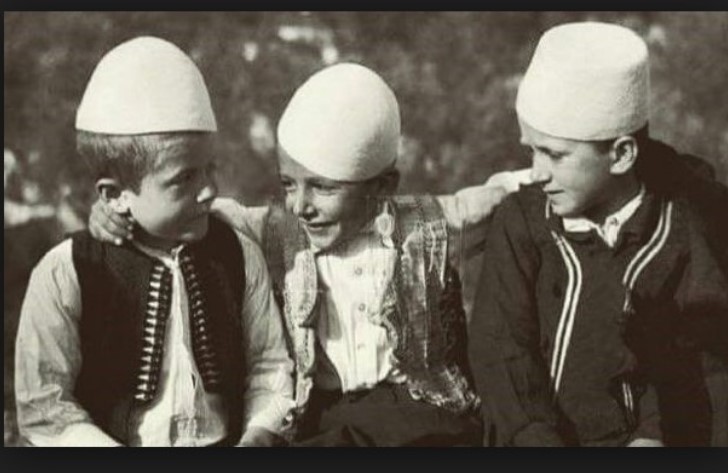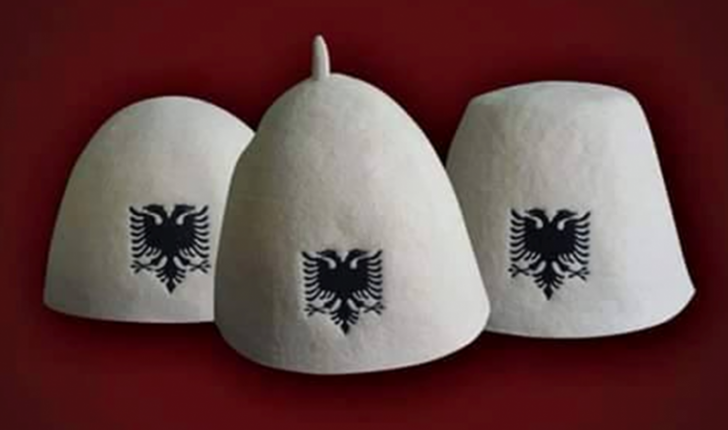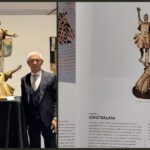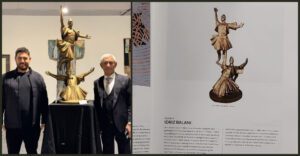Plisi is the autochthonous chapel that has accompanied Albanians since the Pelasgian-Illyrian times to the present day.
Plisi, or as it is popularly known by other names: qeleshe, kësulë, qylah, qylaf, is so named depending on the Albanian regions.


Together with our language and traditions, the plisi is a symbol of the Albanian national identity which Albanians have jealously and proudly preserved this symbol. The historian Muhamet Rugova shows us that plisi best proves our origin.
“According to the documents, the archives that are still preserved in various museums around the world, plisi has been used for probably 2 thousand years p.e.s. Even Zeus, who was the god of Olympus, is presented to us in photographs and sculptures with plis on his head. Achilles also appears to us with a whip on his head. Even Hector, Odysseus or even Aphrodite are presented to us with a plis in their head… Plis is of special importance to us Albanians as it represents our national identity and our autochthony in these lands where we live “, says, Muhamet Rugova.
He says that the use of Plisi has been indispensable for all men starting from the early age of boyhood even those who did not use Plisi were called worthless people.
“Plisi forward has been a necessary props for every man from a young age until leaving this life. The man when he came out without a blister on his head was ashamed… In order to have dignity, the man had to have a blister on his head “, further tells Rugova.
Plisi got its name from the fact that it is created from the wool of white sheep, in various forms that are part of the traditional Albanian clothing.


Plisi in addition to practical use: protection from cold, rain and strong sun, plisi symbolizes, expresses national pride, resilience, disobedience to numerous invaders, moral purity, honesty of our people.
Plisi is one of those symbols that identifies the Albanian in a crowd of people from afar, without exchanging a word with him.








